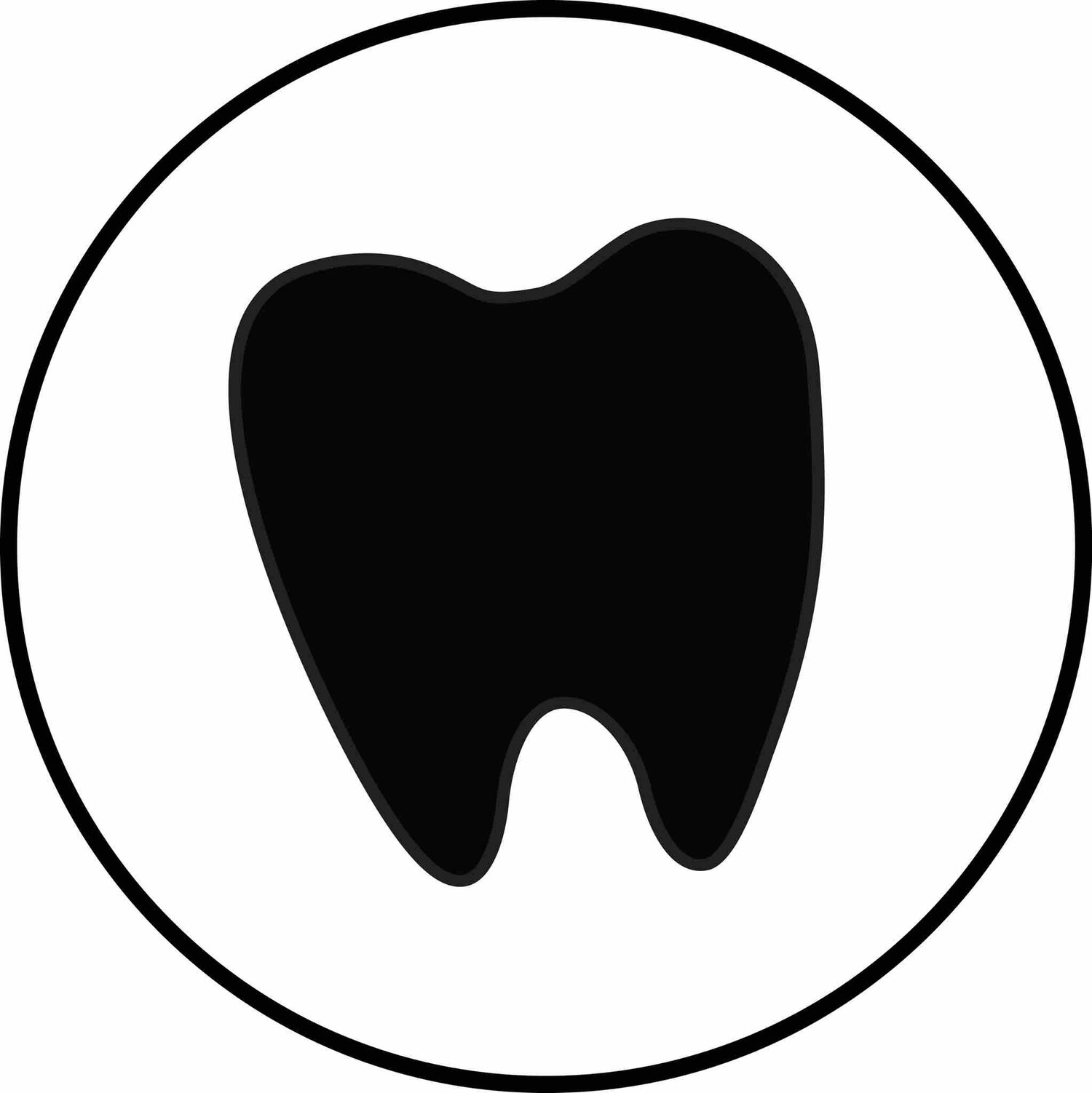Why Using the 2017 AAP Classification in Dental Matters
Can you believe that the “new” updated American Academy of Periodontology Classification System was introduced 8 years ago?! Even though it is almost a decade old, we still regularly get questions on how to use it, and even more common, why does it matter? What we were doing in the past has worked for years, so why change a simple thing like naming a disease?
Simply put, this system is more than a name change. Yes, you will be doing similar things, like looking at radiographs and periodontal pocket depths, but there is more involved. Understanding the new AAP Classification System (2017 update by the American Academy of Periodontology) is critically important for dental professionals for several reasons:
1. Accurate Diagnosis and Treatment Planning
The updated system provides clearer definitions for periodontal diseases, including gingivitis, periodontitis, and peri-implant diseases.
It introduces staging and grading, helping clinicians determine the severity, complexity, and rate of progression of periodontitis.
This allows for more personalized and effective treatment plans.
2. Improved Communication
The new classification standardizes terminology across the dental field, improving communication between:
General dentists and specialists (e.g., periodontists)
Dental professionals and patients
Dental teams and insurance companies
3. Risk Assessment
The grading component (A, B, C) emphasizes risk factors such as smoking and diabetes, which helps tailor preventive strategies and patient education.
It enables dental professionals to identify high-risk patients early and implement interventions to slow disease progression.
4. Documentation and Insurance Compliance
Proper use of the classification system supports:
Clear documentation in patient records
Justification of procedures for insurance claims
Compliance with legal and regulatory standards
5. Patient Education and Engagement
With a more comprehensive and visual way to explain disease severity and progression, patients can better understand:
Their diagnosis
The importance of treatment
Their role in disease management and prevention
6. Recognition of Peri-Implant Diseases
For the first time, the classification includes peri-implant mucositis and peri-implantitis, which is essential given the rise in dental implants.
This ensures proper diagnosis, monitoring, and maintenance of implant health.
The 2017 AAP classification system represents a shift toward precision, prevention, and patient-centered care. Understanding and applying it is essential for providing the highest standard of periodontal care in today’s dental practice.
Want to learn more about how to apply this system to your practice? Here are a few resources we have loved:
We’re having a lecture on it through CE Zoom on June 5th, 2025. We’d love for you to come!
A great course through Dentsply for free from one of members who helped create the system.
xoxo Melia Lewis, MEd, RDH

